
Now available
Gagosian Quarterly Fall 2022
The Fall 2022 issue of Gagosian Quarterly is now available, featuring Jordan Wolfson’s House with Face (2017) on its cover.
…There is a place on the border between France and Italy, the Valley of Miracles (Valle delle Meraviglie), where there are circa 30,000 rock carvings around Mount Bego, a sacred mountain.
The miracle is not the carvings, but the beauty of the site with its valleys, its mountains, its larches, and the presence of the sea evoked by the smell of the grass.
It is a beauty that suggests a sense of sacredness.
It is a protected area, a natural park in which the vegetation and the territory are periodically maintained. I know woodsmen who work in the park under the supervision of forest rangers, and I go to them when I need larches. The altitude tapers the form of these larches. Large at the base, their trunk narrows rapidly, accentuating its conical shape. I used one of these trees for Space of light. I coated the trunk and the branches with a layer of wax, as if it were a year’s growth in the tree’s life cycle. When it came into contact with the trunk, the wax was imprinted with the pattern of the bark and the signs of the hands that applied it.

The Fall 2022 issue of Gagosian Quarterly is now available, featuring Jordan Wolfson’s House with Face (2017) on its cover.
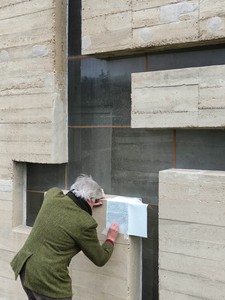
Le Couvent Sainte-Marie de La Tourette, in Éveux, France, is both an active Dominican priory and the last building designed by Le Corbusier. As a result, the priory, completed in 1961, is a center both religious and architectural, a site of spiritual significance and a magnetic draw for artists, writers, architects, and others. This fall, at the invitation of Frère Marc Chauveau, Giuseppe Penone will be exhibiting a selection of existing sculptures at La Tourette alongside new work directly inspired by the context and materials of the building. Here, Penone and Frère Chauveau discuss the power and peculiarities of the space, as well as the artwork that will be exhibited there.

As spring approaches in the Northern Hemisphere, Sydney Stutterheim reflects on the iconography and symbolism of the season in art both past and present.
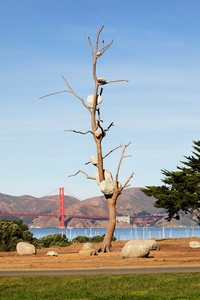
Elizabeth Mangini writes on Giuseppe Penone’s installation of two sculptures at San Francisco’s Fort Mason.
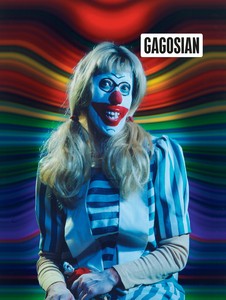
The Spring 2020 issue of Gagosian Quarterly is now available, featuring Cindy Sherman’s Untitled #412 (2003) on its cover.
An outdoor installation by Giuseppe Penone in San Francisco’s historic Fort Mason features two life-size bronze sculptures cast from fallen trees. The project continues the artist’s long investigation of the perpetual give-and-take between humans and nature. In this video, Penone discusses what drew him to this landscape and the concepts behind the installation.
Gagosian director Pepi Marchetti Franchi speaks about Giuseppe Penone’s recent exhibition in San Francisco, detailing the various works and their relationships to the artist’s long-standing sculptural practice.
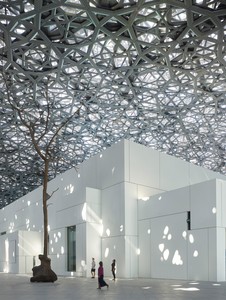
One year after the opening of the Louvre Abu Dhabi, Jean Nouvel and Giuseppe Penone sat down with Alain Fleischer, Pepi Marchetti Franchi, and Hala Wardé to reflect on how the museum and Penone’s commissioned artworks for the space came to be.
Jenny Saville reveals the process behind her new self-portrait, painted in response to Rembrandt’s masterpiece Self-Portrait with Two Circles.
Giuseppe Penone discusses his new monograph, The Inner Life of Forms, with the book’s editor Carlos Basualdo, senior curator of contemporary art at the Philadelphia Museum of Art, at the Greene Space, New York. Hosted by art critic Deborah Solomon.
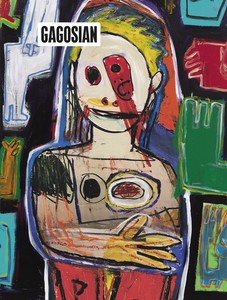
The Winter 2018 issue of Gagosian Quarterly is now available. Our cover this issue comes from High Times, a new body of work by Richard Prince.
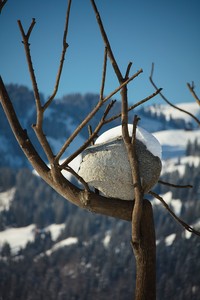
In the small skiing village of Gstaad, among the towering mountains of the Swiss Alps, lies a surprising and ambitious exhibition of sculpture by Giuseppe Penone. Susan Ellicott tells the story of how this installation came to be.
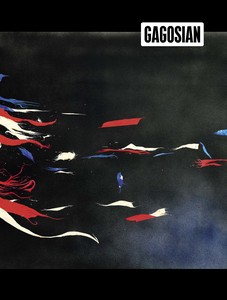
The Spring 2018 Gagosian Quarterly with a cover by Ed Ruscha is now available for order.

Giuseppe Penone speaks with Carlos Basualdo and Pepi Marchetti Franchi about his monograph.
In Giuseppe Penone: ephemeris we get a glimpse of his process as he explores some of the ideas behind Equivalenze.